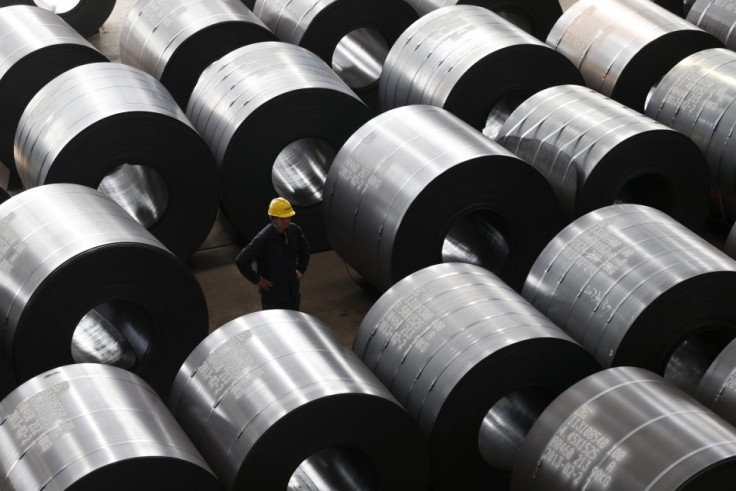Rio Tinto Sees Slack China Demand Putting Pressure on Iron Prices
China's efforts to curb property prices have cast doubt on demand

World's second largest iron ore producer Rio Tinto has said that weakening steel demand in China and rising supply could weigh on iron ore prices in the second half of 2013.
Slower economic growth in China had hurt iron ore producers in 2012, but this had not stopped Rio Tinto from sticking to its bold expansion plans in the iron ore sector.
"We're seeing steel demand growth slowing inevitably. That is going to put downward pressure on iron ore prices," Greg Lilleyman, Rio's head of Pilbara iron ore operations told a conference, according to Reuters.
"We're going to see downward pressure in the second half and perhaps beyond, but we still see pretty strong prices".
Similar concerns were voiced by BHP Billiton, which said that prices of iron ore could show some instability in the near term as supply increased, indicating that demand in China was easing.
The company suggested, in notes prepared for the same conference that China's demand for several of its main products could grow between 2 to 4 percent per year.
Iron ore prices have seen a swift drop of late, reversing the recovery seen after prices declined to below $90 in September. Prices fell 10 percent in the previous week due to a fall in China purchases as construction activities remained subdued.
China is the largest buyer of iron ore in the world and the recent recovery in its economic conditions had earlier triggered speculation on increase in demand. However, this has come under doubts as stockpiles increased and the government stepped up efforts to control the soaring prices in the property sector.
The benchmark 62-percent grade iron ore traded at $134.60 a tonne during the day, remaining close to the lowest rate in almost three months touched in the previous week.
Lilleyman added that Rio Tinto was well on track to increase iron ore production by around 15 percent to 290 million tonnes in 2013 and 360 million tonnes by 2015.
"We certainly still forecast steel demand growth over the next 5-10 years somewhere around 3 percent ... essentially peaking roundbout 2030 at around 1 billion tonnes," he said.
© Copyright IBTimes 2024. All rights reserved.





